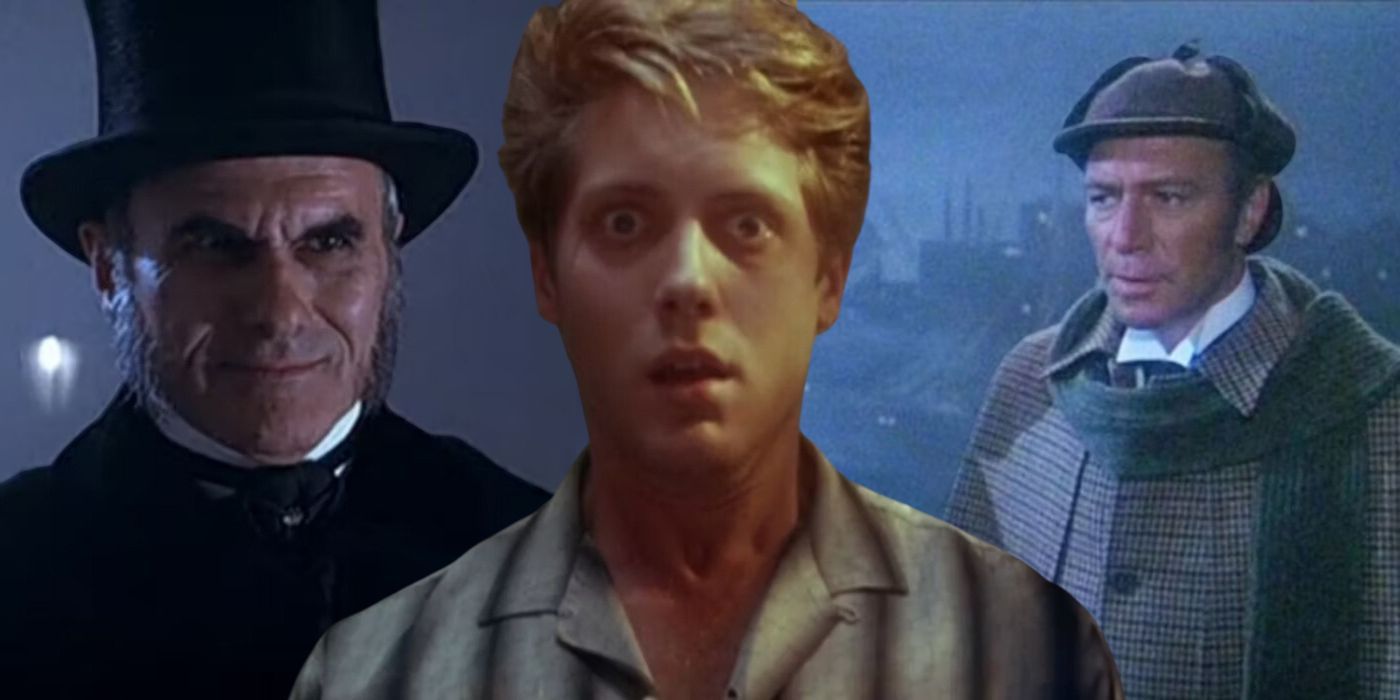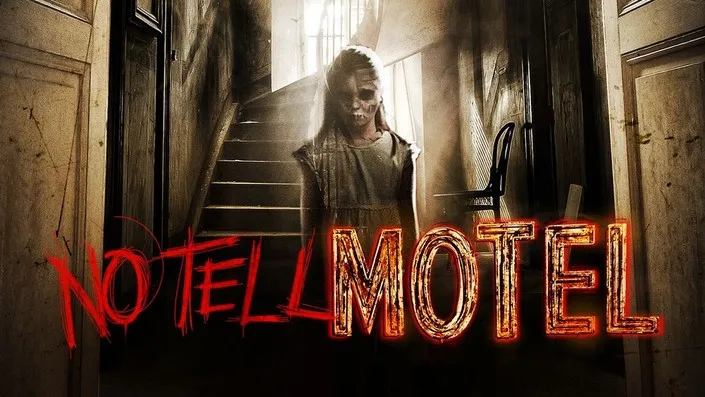In the annals of true crime and unsolved mysteries, few names evoke the same chilling fascination as Jack the Ripper. A faceless killer who stalked the fog-choked alleys of Whitechapel, London, in the fall of 1888, Jack the Ripper committed a string of gruesome murders that not only shocked Victorian society but spawned an entire subgenre of crime fiction, conspiracy theories, and cinematic retellings.
Despite over a century of speculation, books, and films, the Ripper’s identity remains unknown. But maybe that’s the point — perhaps the Ripper isn’t just a person but an idea: a symbol of fear, social decay, and justice denied.
Over the decades, the story of Jack the Ripper has been reimagined in countless ways — from classic detective tales to psychological horror, even supernatural thrillers. But what if we explored the myth through a modern lens — not just to guess who he was, but to ask why his legend still endures?
Jack the Ripper has appeared in numerous films across generations. From the 1959 thriller Jack the Ripper to the stylish, surreal From Hell (2001) starring Johnny Depp, the Ripper myth has always offered fertile ground for directors drawn to historical horror and detective drama.
Most versions share common threads: a brooding detective, dark gas-lit streets, terrified citizens, and victims (often sex workers) who are both central and tragically voiceless. The killer is typically shrouded in mystery — a surgeon, a nobleman, or a madman protected by the establishment.
Yet no version ever fully satisfies. Why? Because the Ripper’s greatest power isn’t what he did — it’s what we don’t know.
In this modern reimagining, a copycat killer strikes in present-day London — mimicking the Ripper’s exact methods and victim profiles. Scotland Yard is thrown into chaos, and the media revives the old hysteria. But this time, the killer isn’t hiding in the shadows — he’s broadcasting cryptic clues online, taunting the public, and turning the Ripper into a viral myth all over again.
The story follows Detective Eloise Carter, a brilliant but emotionally scarred profiler with deep family ties to the Whitechapel district. She teams up with a troubled historian, Dr. Julian Marsh, whose obsession with Jack the Ripper threatens to unravel his sanity. Together, they must race against time — and ghosts of the past — to uncover the copycat’s identity and expose a truth buried for over a century.
Jack the Ripper: Requiem doesn’t just tell a murder mystery — it confronts the cultural obsession with true crime and the dangerous glamorization of killers. As the case unravels, Carter discovers that the copycat isn’t working alone — he’s part of a digital cult that worships serial killers as dark icons, with Jack as their “original god.”
Flashbacks, archival research, and modern forensic AI begin to piece together clues not only about the present-day murders, but about the original Ripper’s identity — suggesting a link that runs through time, trauma, and institutional corruption.
The real horror isn’t the killer. It’s the system that allowed him to vanish — and may be protecting someone still.
The original Jack the Ripper terrorized a society that refused to value the lives of working-class women. The new story re-centers that narrative. Carter, as a female lead, not only investigates the murders — she confronts a system that has historically failed to protect victims like the Ripper’s.
The film critiques voyeuristic media, questions the ethics of true-crime entertainment, and asks: Why do we keep giving monsters the spotlight, while victims are forgotten? The ghosts of the past — both literal and metaphorical — linger over every scene.
The film juxtaposes two Londons — the glossy, modern metropolis and the shadowed alleys of 1888. Flashbacks are shot in stark contrast: candle-lit, claustrophobic, and dreamlike. The present is sleek but sterile, hiding corruption behind surveillance and polished facades.

The score is haunting — minimalist piano fused with strings and distant whispers, creating a sense of unease that never lifts. The final act leads Carter deep beneath Whitechapel, into the ruins of an old Masonic lodge — where secrets, names, and centuries-old sins finally come to light.
As Carter unmasks the modern killer, the case closes — but the Ripper’s identity remains just out of reach. The historian Marsh is found dead, leaving behind a journal with one final, chilling line: “We were never meant to know his name. That’s what makes him eternal.”

In the age of DNA forensics and 24/7 surveillance, how does a 19th-century killer still haunt us?
Because Jack the Ripper isn’t just a man — he’s a myth, built from the cracks in our justice system, the failures of empathy, and our morbid fascination with evil. He’s a question we’re still trying to answer — not with facts, but with stories.




-1751508693-q80.webp)
-1751536732-q80.webp)
